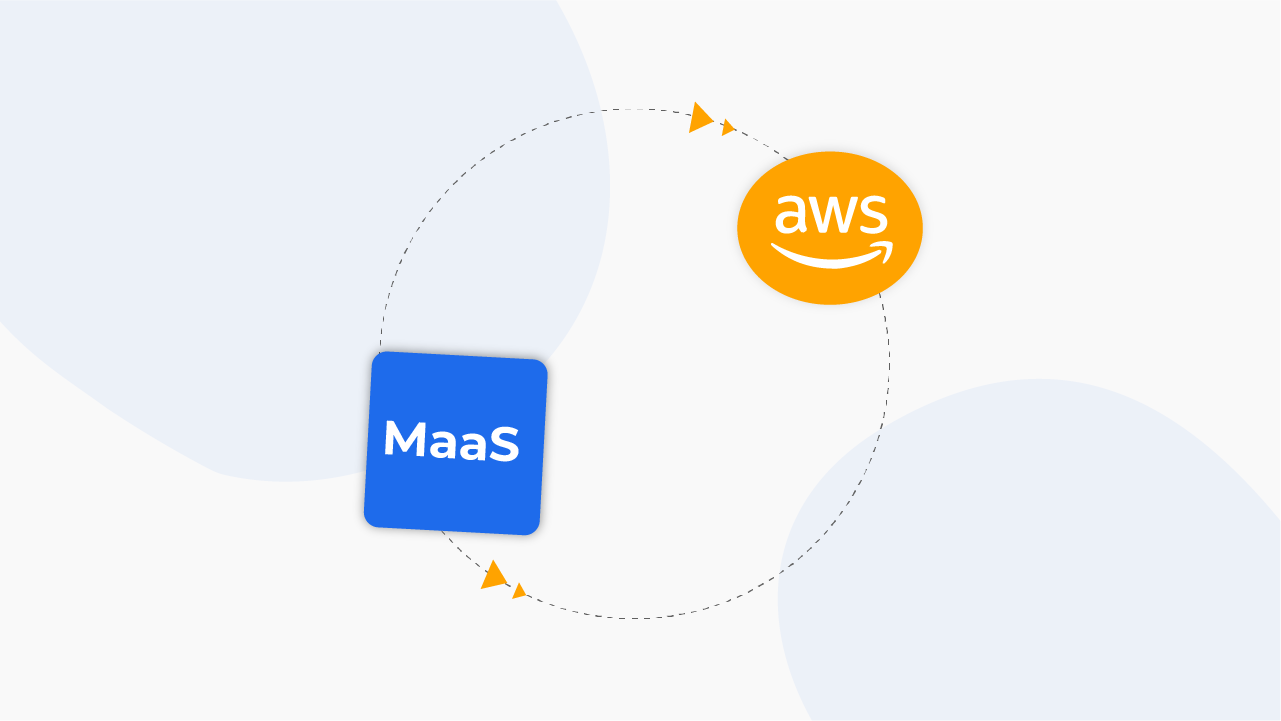
AWS Cloud migration has become necessary for many organizations seeking to leverage the benefits of scalability, flexibility, and robustness offered by the platform. However, managing cloud costs has emerged as a significant challenge.
Causes of Wasteful Spending in AWS Cloud Migration
The primary causes of wasteful spending in AWS Cloud include lack of visibility into real-time usage, overprovisioning, and needing to utilize purchased capacity fully. Additionally, the complexity of cloud pricing models and difficulty accurately forecasting future needs contribute to wasteful spending.
Evaluate AWS Cloud Spending
To optimize AWS Cloud costs, evaluating your cloud spending is crucial. This involves understanding your current usage, identifying underutilized resources, and analyzing cost trends. Regular audits help identify unnecessary expenditures and opportunities for cost savings.
Strategies for Optimizing Cloud Costs
Right-Sizing:
This technique balances cost and performance by choosing an instance that aligns with your workload requirements. Instead of using a large instance that might be underutilized, you can tailor your choice to match your workload needs. This involves adjusting parameters like storage volume size, CPU, or RAM to optimize costs while meeting performance requirements.
Turn-Off:
By turning on and off your environments, you can thus avoid continuous charges and positively impact the environment.
Monitor Idle Resources:
Idle resources can lead to unnecessary costs. Highlighting these resources with their associated costs could help cloud admins identify what resources are needed and can be removed.
Purpose Tagging:
These tags help track your AWS costs and usage. You can optimize costs along business dimensions (such as cost centers, application names, or owners) by applying tags to resources.
Backup:
You can backup your Kubernetes clusters, VPC configurations or other necessary environments to the cloud and restore them on demand. The environments not being utilized can be safely deleted thus avoiding wasteful spending. This approach provides financial benefits and contributes to efficient resource management.
Discovery and Cost Visibility:
This strategy continuously monitors and tracks cloud usage and costs. Using tools that provide visibility into your cloud spend lets you identify where your money is going and find opportunities to optimize.
Continuously Track:
By constantly monitoring your cloud resources such as setting up alerts and dashboards, you can get real-time information about your usage and costs. This allows you to react quickly to changes and prevent cost overruns.
Third-party AWS Cost Management Tools
VPC+ Wanclouds:
VPC+ by Wanclouds is a comprehensive tool that provides granular visibility into your AWS costs. It offers features like intelligent insights, auto-tagging, and efficiency management, making it a robust choice for AWS cost optimization.
Wanclouds is an AWS partner for its Rapid Migration Offer (RMO) within the Migration Acceleration Program (MAP). To get started, find Wanclouds on the AWS Marketplace today or go directly to Wanclouds Website for an immediate pricing quote.
Conclusion
Optimizing AWS Cloud Migration Costs involves a combination of strategies aimed at reducing wastage, leveraging discounts, and making intelligent choices about resource usage. Regular monitoring and adjustments are vital to ensuring cost-effectiveness. Third-party AWS Cost Management Tools, like VPC+ by Wanclouds, can provide detailed insights and recommendations for cost optimization.
Join our newsletter
Sign up for the latest news about Wanclouds.